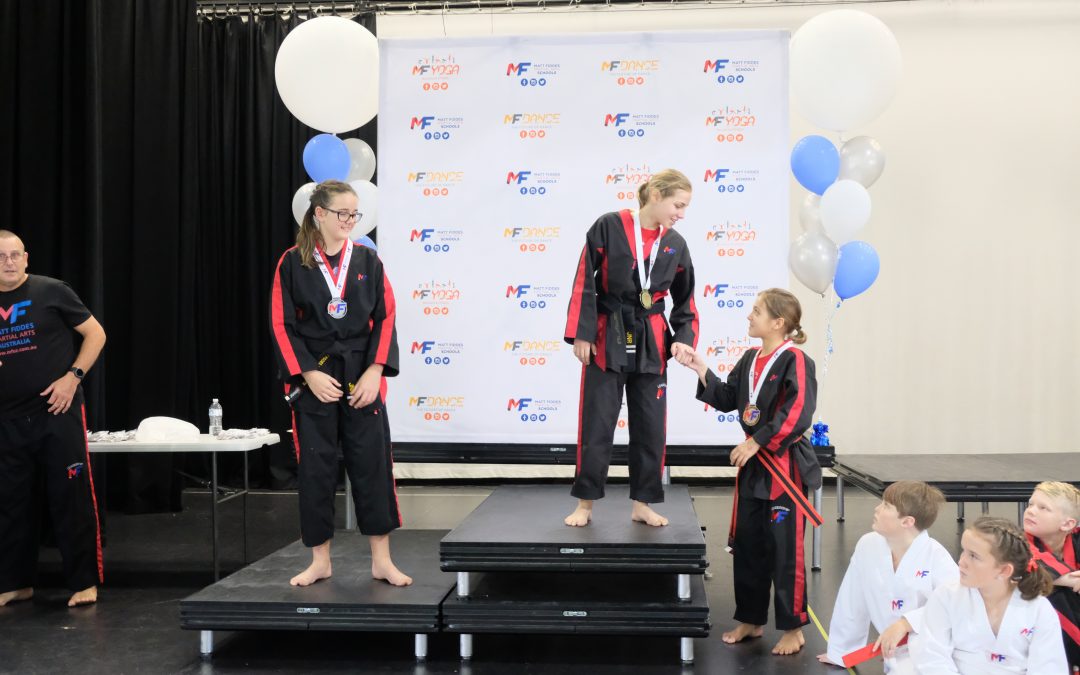In today’s world competition is everywhere and it often starts at a very young age. It begins as a fun, skill-developing event but can quickly become time-consuming and competitive. While some parents want their children pushed to help them learn the hard lessons of life, others want to protect their children from the disappointment that can come with competition. Both sides have pros and cons, but a balanced approach is what will truly help a child develop a competitive nature in a healthy way.
Competition can be fun and exhilarating, especially if you are on the winning side. This drive to compete and win is very strong in our society in every age group and industry. When children are involved in competitive events, it can teach them goal setting techniques as well as how to deal with the frustrations that can come along with losing. Competition also helps children learn to take turns and support their teammates.
On the flip side, some parents are often concerned that competition will lead to more stress and anxiety in their children because the push to win is so strong. When loss comes along, it can develop lower self-esteem in children and can make them feel that they don’t have what it takes. Therefore, parents often feel that competition is more destructive to their child then beneficial.
While both views of competition are valid, it is important that we find a balance for children where they can develop a healthy competitive spirit while maintaining a strong self-image. While this can sound like a difficult balance, it is actually very easy to attain. The key is to work with children on developing a growth mindset versus a fixed mindset. Carol Dweck, first introduced this concept in her book “Mindset: The New Psychology of Success.” Dweck stated that when people feel they have traits that cannot be changed, they have a fixed mindset and have a need to prove themselves continuously through competition. People with a growth mindset believe that they can improve on their current abilities and add new skills through time and effort.
So how do we teach children this? One of the best ways is by creating an environment that develops both extrinsic and intrinsic motivation. Extrinsic motivation is a reward driven behaviour. A child can earn a reward or trophy by exhibiting certain actions. Intrinsic motivation comes from a wanting achieve a goal and feeling satisfied with yourself for attaining it. Both of these are important in developing a healthy competitive mindset.
Martial arts is a great way for children to learn a balance of extrinsic and intrinsic motivation. They can earn new belt levels by exhibiting certain techniques with accuracy but since it is more of an individualized sport, they learn to set goals for themselves and feel proud for improving their skill set. The instructors at Matt Fiddes Martial arts utilise both types of motivation, as teaching skills for each class. That way students are motivated to earn external rewards such as stripes and belts but they also learn to feel internally proud for getting better than they were before.
As children develop it is important that we maximize their potential by helping them set different types of goals and learn important lessons along the way. While competing against others is a great way for children to evaluate their skills against another person, the ultimate goal should be to improve their personal skill level. Success isn’t always about winning. Helping children become better than they were before will help them become internally driven and create a growth mindset.

